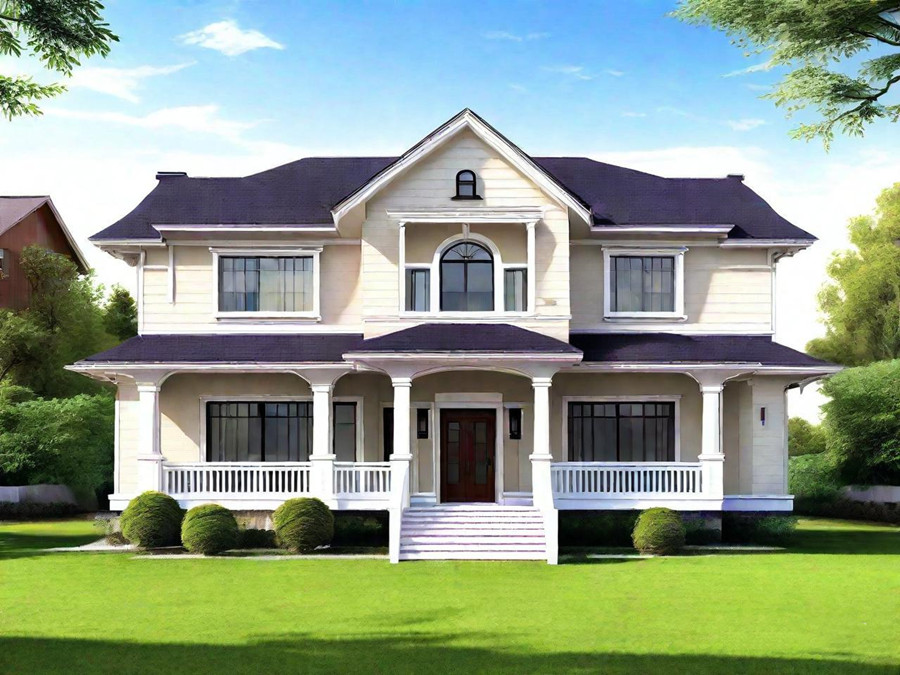In modern construction, light steel villas are gaining popularity due to their lightweight structure, quick construction time, and eco-friendly characteristics. However, many people find it challenging to manage costs during the actual building process. This article will provide a detailed breakdown of the budget required to build a light steel villa, helping you plan and manage expenses effectively.

1. Land Costs
Before starting the construction of a light steel villa, the first consideration is land costs. This includes expenses for purchasing, leasing, or obtaining usage rights for the land. Land prices vary significantly by region, so it’s essential to analyze the geographical location, size, and usage type of the plot when budgeting. Additionally, relevant land taxes, assessment fees, and brokerage fees should also be taken into account.
2. Design and Planning Fees
The design fees for a light steel villa typically encompass architectural design, structural design, and interior design. Depending on the designer’s qualifications and the complexity of the project, these costs may vary. Generally, design fees account for about 5% to 15% of the total budget. Furthermore, if detailed planning approvals and environmental assessments are necessary, corresponding fees will also arise.
3. Material Costs
Material costs represent one of the most significant components of building a light steel villa, primarily including the following:
•Light Steel Structural Materials: The procurement costs for the light steel framework and support systems.
•Insulation Materials: Insulation materials used for walls, roofs, and floors.
•Interior and Exterior Finishing Materials: Such as wall paint, flooring, and tiles.
•Windows and Doors: High-performance windows and doors that enhance aesthetics and thermal insulation.
Depending on the design and specifications of the villa, material costs can account for 40% to 60% of the total budget.
4. Construction Costs
Construction costs encompass labor expenses and construction management fees. These costs can vary significantly based on the scale and complexity of the project. Typically, construction costs make up about 30% to 50% of the total budget. When selecting a construction team, it’s advisable to choose one with experience and a good reputation to ensure quality.
5. Infrastructure Costs
Infrastructure costs for a light steel villa include expenses related to the connection and installation of utilities such as water, electricity, and gas. These costs generally depend on the existing infrastructure conditions in the project location. Consideration should also be given to the construction of drainage systems and sewage treatment facilities.
6. Other Expenses
In addition to the primary costs mentioned above, building a light steel villa may involve other expenses, including:
•Supervision Fees: To ensure construction quality, it’s recommended to hire a professional supervisor to oversee the project.
•Insurance Costs: Insurance for accidents that may occur during construction.
•Contingency Costs: It’s advisable to reserve 5% to 10% of the budget for unforeseen expenses that may arise during the construction process.
7. Budget Summary
When determining the budget for a light steel villa, it’s beneficial to create a detailed budget list that outlines each expense and provides reasonable estimates. Here is a simple example of budget allocation:
•Land Costs: 15%
•Design and Planning Fees: 10%
•Material Costs: 50%
•Construction Costs: 25%
By planning your budget wisely, you can better control costs and ensure the smooth construction of your light steel villa. We hope this information helps you in your journey to build your ideal living space.